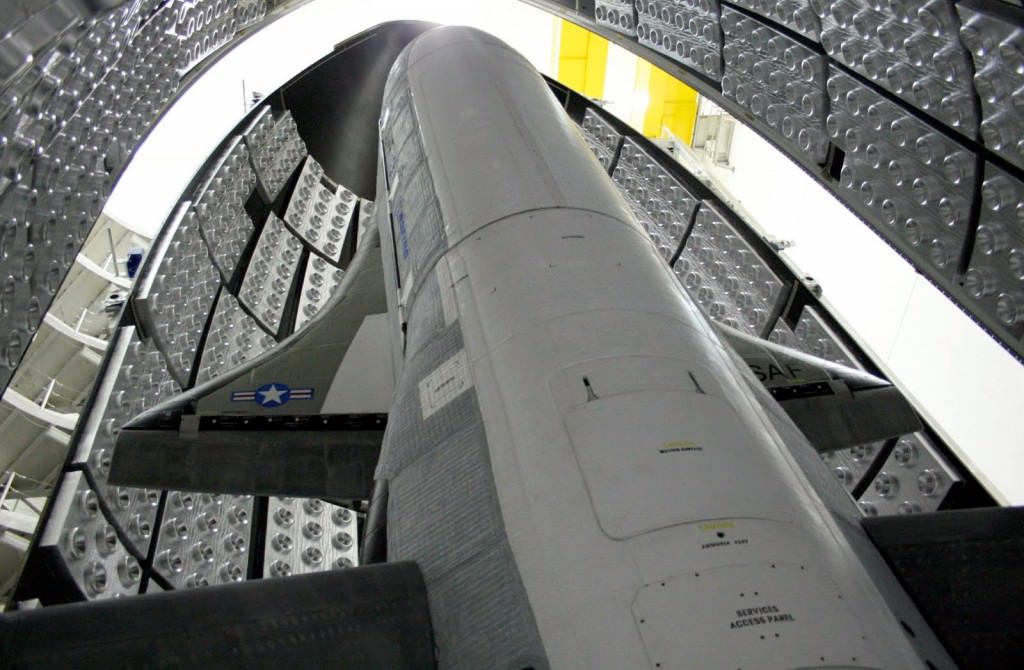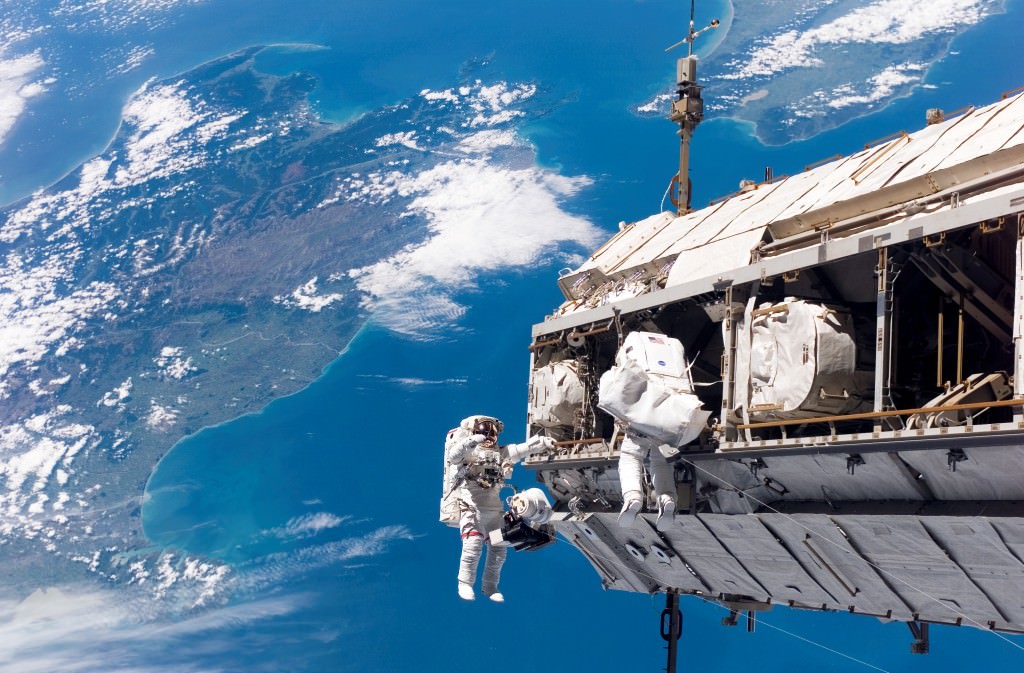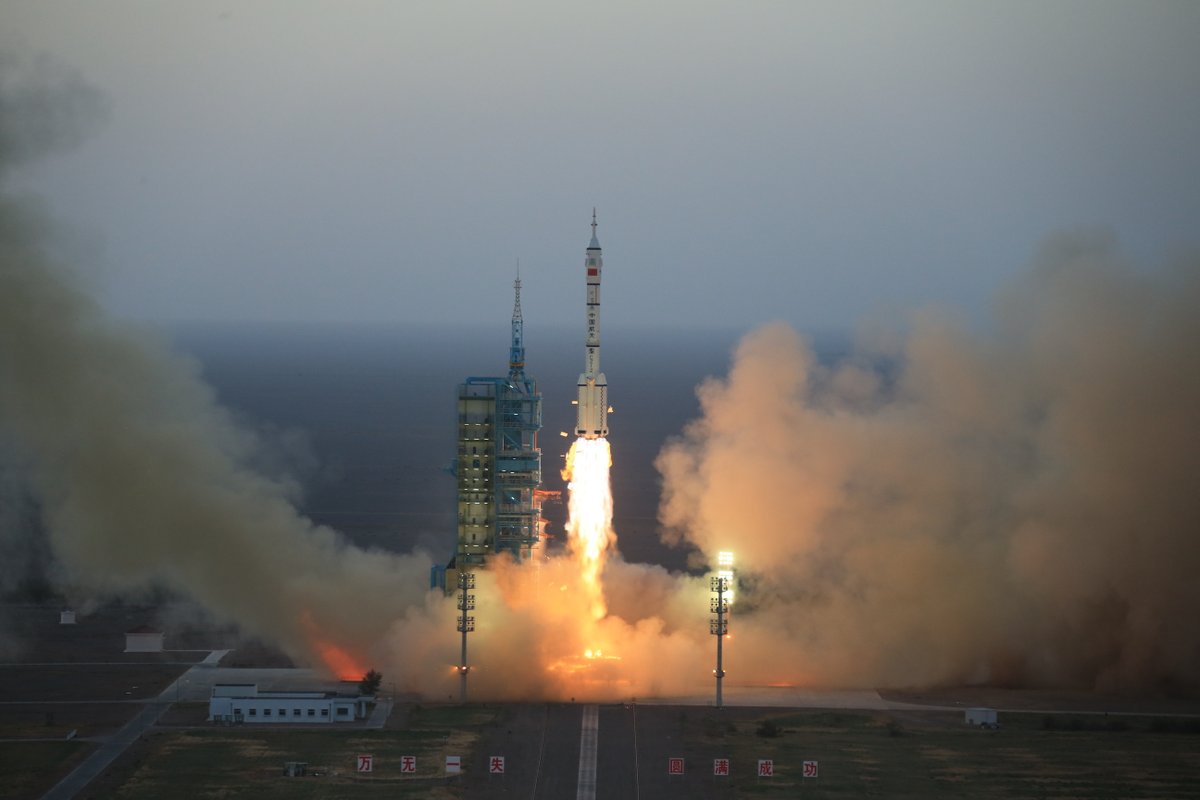On Friday, Sept. 4th, China launched a new and mysterious spacecraft from the Jiuquan Satellite Launch Center. The nature (and even appearance) of the spacecraft remains unknown, but according to statements made by Chinese authorities, it’s a reusable spaceplane. This vehicle is essentially China’s answer to the USAF/USSF X-37B Orbital Test Vehicle (OTV), which made its sixth launch to space (OTV-6) back in late-May.
This spaceplane was launched atop a Long March 2F rocket and spent two days in orbit before coming home (on Sunday, Sept. 6th). This inaugural launch appears to be the culmination of China’s efforts to test out various spaceplane concepts. Shortly after the launch, on Sept. 4th at 04:06 p.m. CST (04:06 a.m. EDT; 01:06 a.m. PDT), the state-owned news site Xinhua reported success. The following is a translation of the statement they issued:
“The test spacecraft will be in orbit for a period of time before returning to the domestic scheduled landing site. During this period, it will carry out reusable technology verification as planned to provide technical support for the peaceful use of space.”

Beyond that, all that’s really known about the spaceplane is that it is the work of China’s main aerospace manufacturer and contractor. This is none other than the China Aerospace Science and Technology Corporation (CASC), which evolved from the China Aerospace Corporation (CAC), established back in 1999.
They also noted that this was the 14th launch of the Long March 2F, a human-rated two-stage version of the Long March 2 designed to launch the crewed Shenzhou spacecraft. Based on the scant details, it’s apparent that this was merely to test the reusable spacecraft and its systems to ensure it is up to the task of conducting regular missions to space, carrying both crew and cargo.
This is based on what the China National Space Agency (CNSA) announced back in 2017, according to SpaceNews’ Andrew Jones, wherein they stated that they were pursuing the development and testing of various spaceplane concepts. They further indicated that these spaceplanes would be designed for both crewed and uncrewed missions and that flight tests were to begin by 2020.
After the spaceplane landed, the Xinhua news agency stated that the flight “marks an important breakthrough in our country’s research on reusable spacecraft” which will lead to a “more convenient and inexpensive way” to reach space. The flight also marks the entrance of China into the reusable spaceplane club, which was formerly reserved to just the US and the Soviet Union/Russia.

Between the 1980s until their retirement in 2011, NASA’s Space Shuttle flew a total of 134 missions, doing everything from deploying satellites to building the International Space Station (ISS). Since then, the X-37B has conducted five flights for the US Air Force (USAF), and one joint mission for the USAF and the US Space Force (USSF).
The Soviet Union also managed to conduct some flights with their reusable Buran spaceplane, which orbited the Earth twice during the one uncrewed flight it made in 1988. As for China, it has made some truly exceptional strides in the past twenty years, including sending their first taikonaut to space in 2003 and the more recent Chang’e-4 mission – which became the first lander/rover to set down on the dark side of the Moon.
China is also busy working on a mobile spaceport that’s currently floating off the coast of the Shangdong Peninsula and recently launched its first robotic mission to Mars (Tianwen-1). When it reaches Mars (and assuming it reaches the surface without incident), China will also become the third nation to successfully land a mission on the Red Planet.

